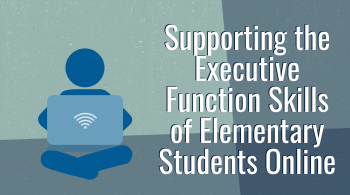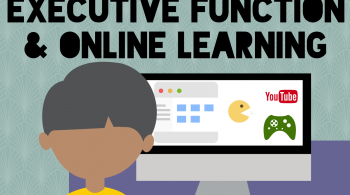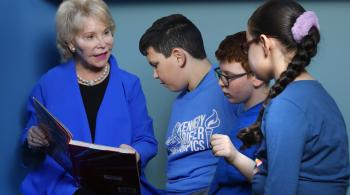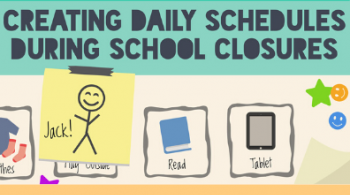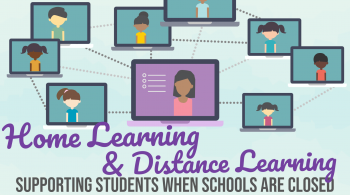
By Lisa Beth Carey
Graphic Created By Erin F. Jones
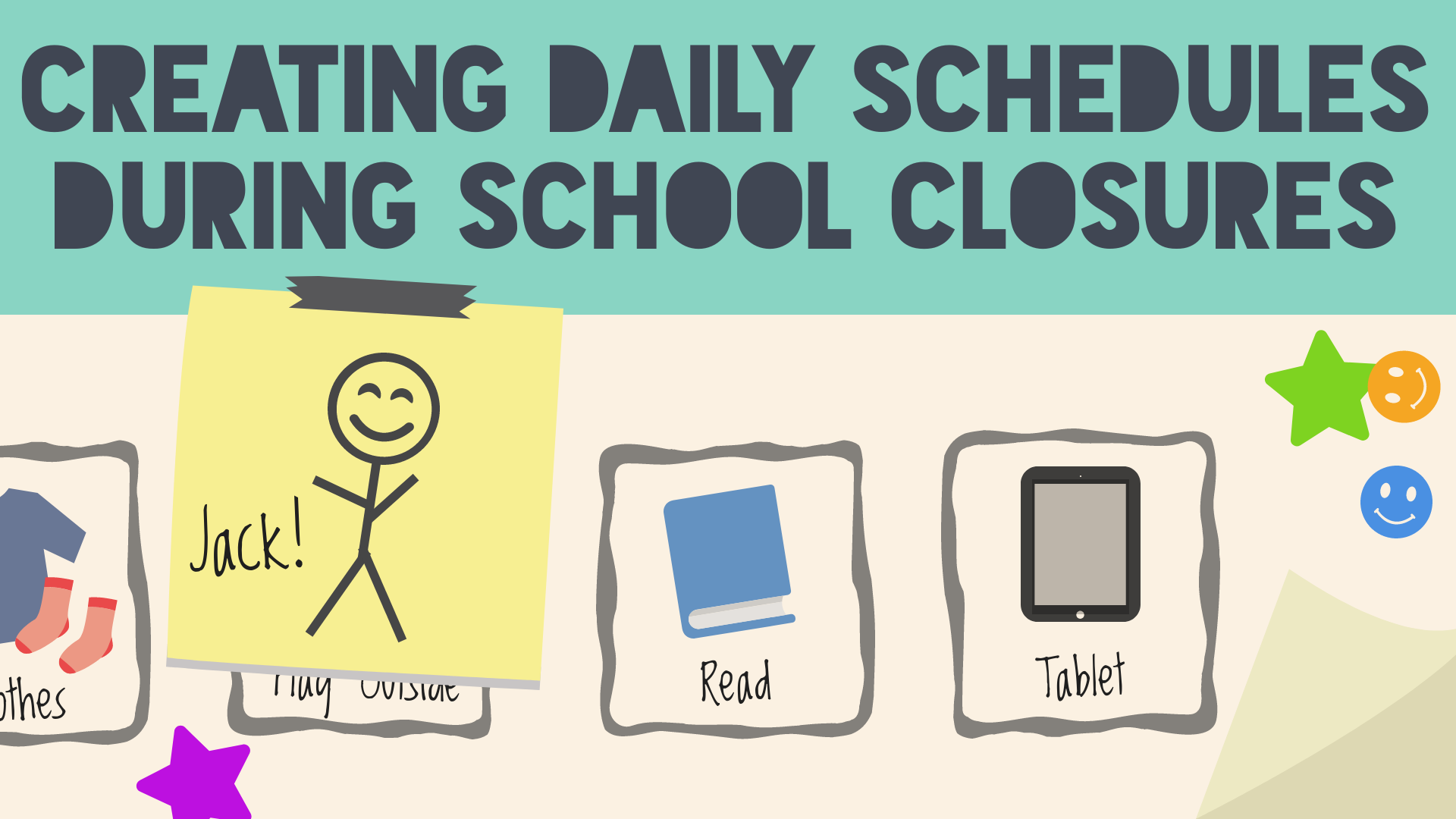
In response to school closures caused by the Coronavirus pandemic we at the Linking Research to Classrooms Blog are continuing to offer resources for families and educators who suddenly find themselves trying to support students while they learn at home. In our last post, we covered some ways to stay connected while physically apart. In today’s post we will discuss creating schedules and routines.
Many families are currently struggling to work from home while supporting home learning for children. We all need to create new routines. Creating daily schedules can help all family members, but especially children, to feel some security and predictability in their day, even when it feels like the world has been turned upside down. As a working parent, I’ve also been trying to create schedules to bring calm to our home. The following tips are based upon my attempts to integrate the skills and knowledge I developed as a special educator with being a working parent in a time of social distancing.
- Start where they left off.
When schools first closed we treated our child’s time at home like vacation- little structure, pajamas all day, and overly indulgent with screen time and snacks. As it became clear that the need to stay home would last for more than a week or two, I began to think of ways to add structure and a sense of normalcy to the day. I contacted my child’s pre-school teacher and asked for a copy of the classroom schedule. I used the information she emailed me to create our own visual schedule that reflected a typical school day. If you’re a parent try reaching out to your child’s teacher(s) and ask about daily schedules. If you’re a teacher, consider sharing information about classroom routines and schedules with your students’ families.
- Think through the past few days and re-arrange the schedule to fit your new needs.
While following the classroom schedule and routines was helpful for creating a sense of consistency and security, the daily schedule from my child’s pre-school class didn’t really work with our stay-at-home reality. We reassessed our work needs as well as our child’s needs and shifted the schedule around. For example, I added more outside time to accommodate the need for quiet in our home office. I also switched out a “free play” time with time to help with house work (like helping to put away laundry, tidying up, or feeding the dog.) The school schedule grounded our day with familiar routines, but it was very helpful to shift pieces of that schedule to fit our new needs.
- Create a visual schedule for children and parents to follow.
As a special educator I created visual schedules for my classroom and for my individual students. The look and function of the schedule depended upon the needs of each student and/or class. A visual schedule can support students who are still learning to read, but it’s helpful for anyone trying to multitask while checking what’s coming up next. I’ve created a YouTube playlist that shows how to create different types of visual schedules. Please note, these videos were all created by teachers who had access to their school supplies. You don’t need a printer and a laminator to create a schedule! Just some paper, a marker, and some stick figures! Post the schedule where everyone in the family can see it. It’s also helpful to have some type of movable marker to indicate which activity you are currently engaged in. School-based schedules might have laminated velcro pieces to indicate when a task or activity is complete, but at home you can do something as simple as moving where a post-it note is placed.
- Re-assess the schedule every few days.
Creating schedules at home can bring calm and order to children’s lives when there isn’t a ton of that outside our homes. Keeping in mind that the pandemic is rapidly shifting and changing what we can and cannot do, it is important that you re-assess your schedule every few days. Do a family check-in and see what’s working and what is no longer functional. For example, you may need to add some more time for adults to de-stress and exercise alone in some way. Or, you may find that your child’s anxiety is increasing and you need to make more time for activities they find comforting. No matter how your needs change, give yourself the flexibility to shift schedules gradually and as needed. Some children will struggle with schedule adjustments, so remember to prepare children for schedule changes ahead of time.
- Create new routines that support mental health and well-being.
To say that most people are feeling stressed right now would be an understatement. While we want to ground ourselves in routines and familiar activities, it may be helpful to create new routines and traditions that help your family recognize their resilience. In our home, we’ve started a meal-time routine called “Good Things.” We each take a turn saying something good that happened since our last check-in. It can be super small, like “I had a great cup of coffee today” or “It was nice to spend time with your outside today.” Many teachers have classroom routines that support students being kind, helpful, and recognizing strengths in each other. For example, I know a teacher that has students give each other “warm fuzzies” (pompoms) when they want to recognize their classmates for kindness. If you’re a parent, you can check with your child’s teacher to see if there is a routine you can borrow. If you’re a teacher, these types of routines are something you should consider sharing with your students’ families.
Creating routines, schedules, and rituals can help bring a sense of calm to our lives when the world feels extra chaotic. Do not worry about how pretty your visual schedule is, don’t worry that you don’t have a laminator or printer at home, don’t let feeling like you’re not doing something exactly right keep you from trying. Will my homemade visual schedule win awards? No! (It’s ugly and I’m not sure there are visual schedule awards.) But, creating my stick-figure schedule has helped bring my family a sense of calm.
We are going to continue to post distance and home learning resources to on the Linking Research to Classrooms Blog.
If you have a specific topic you would like us to cover, please contact us HERE.







